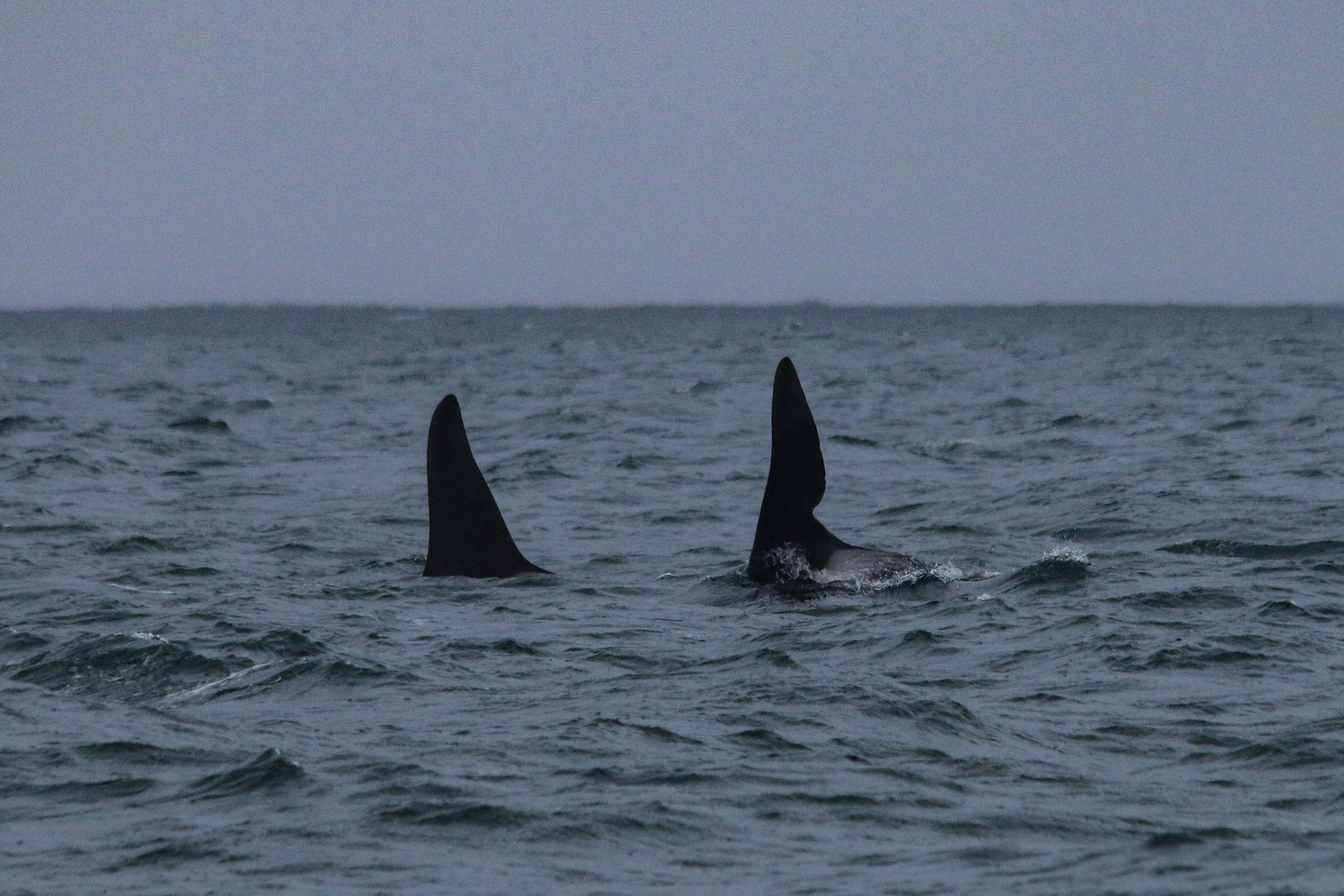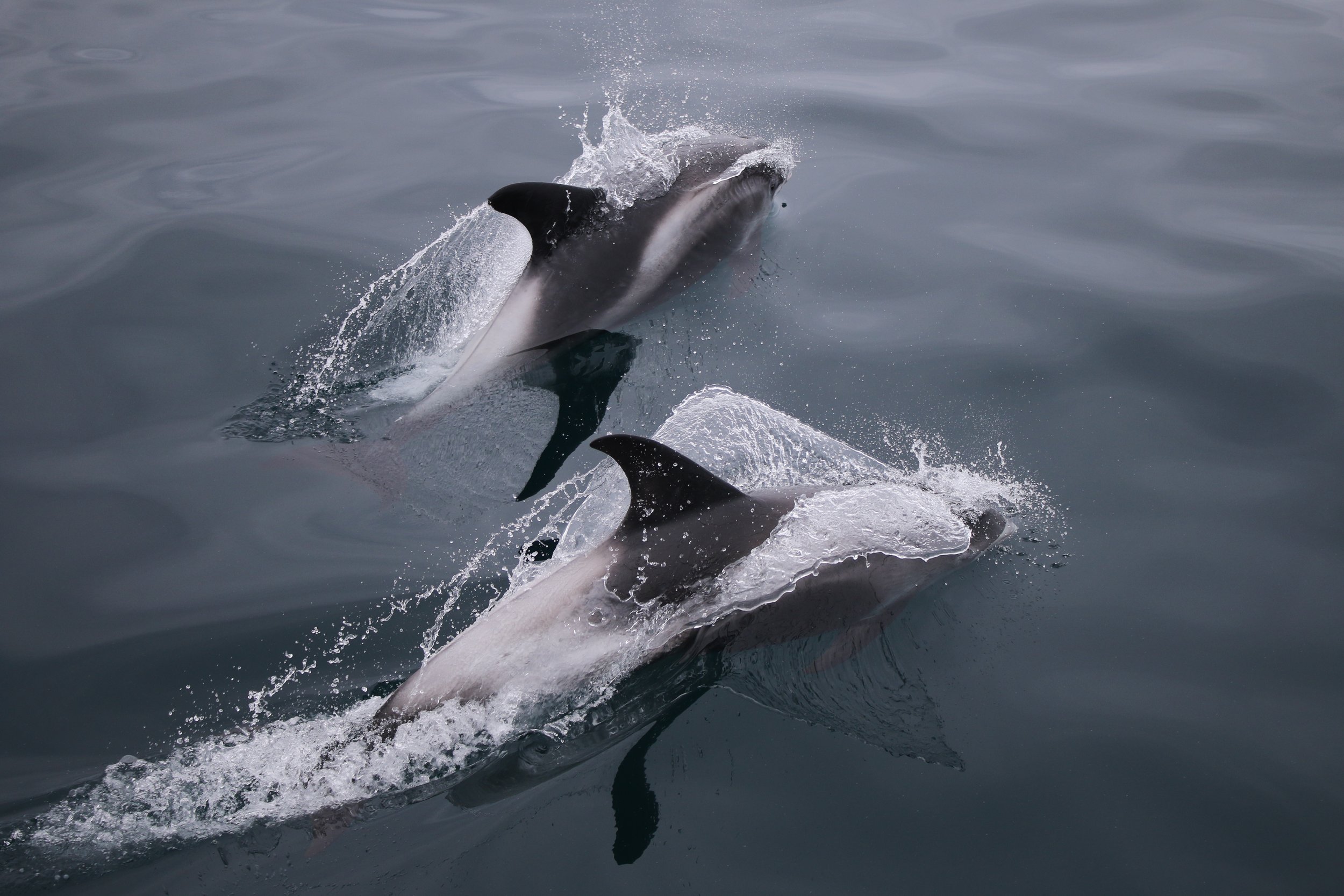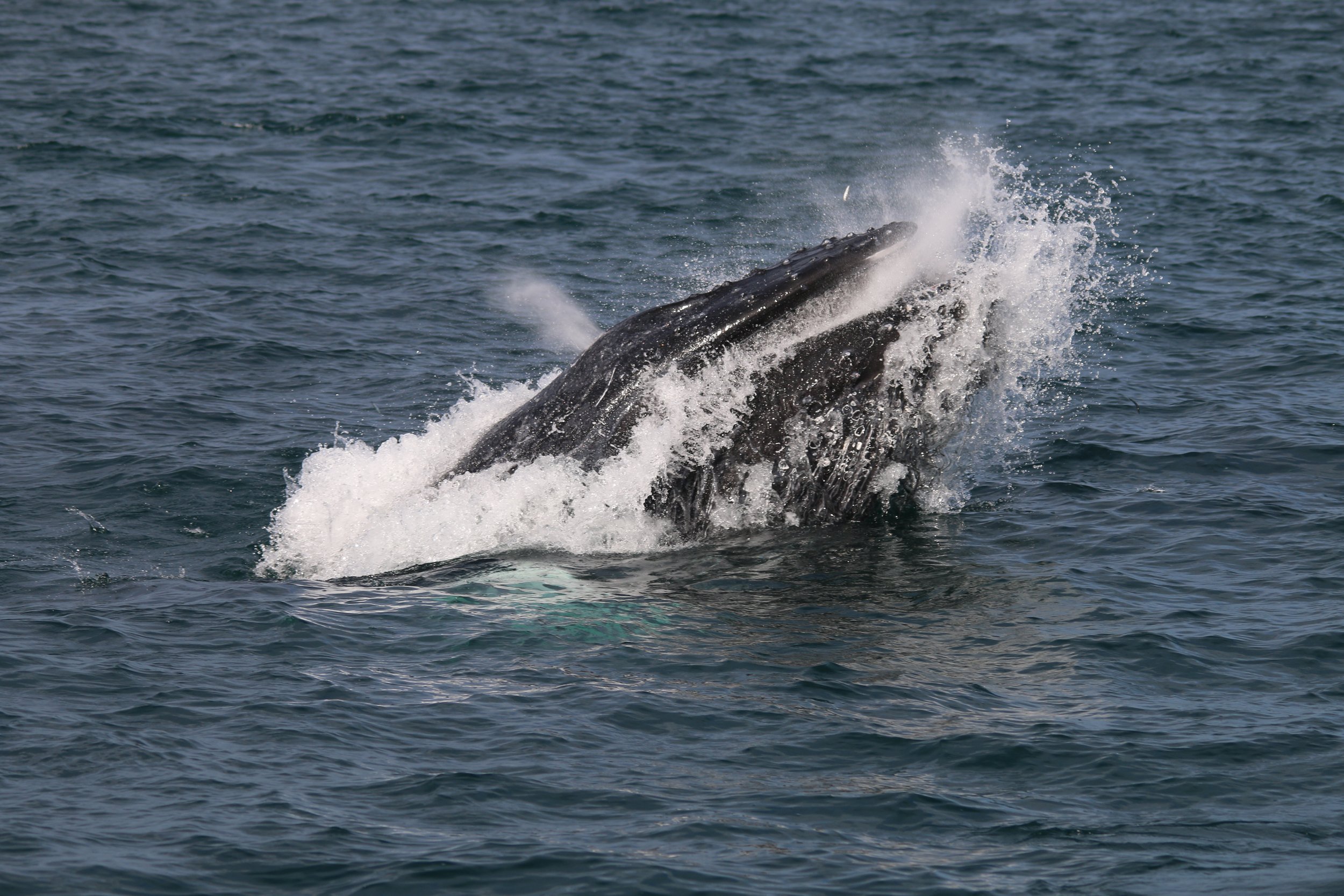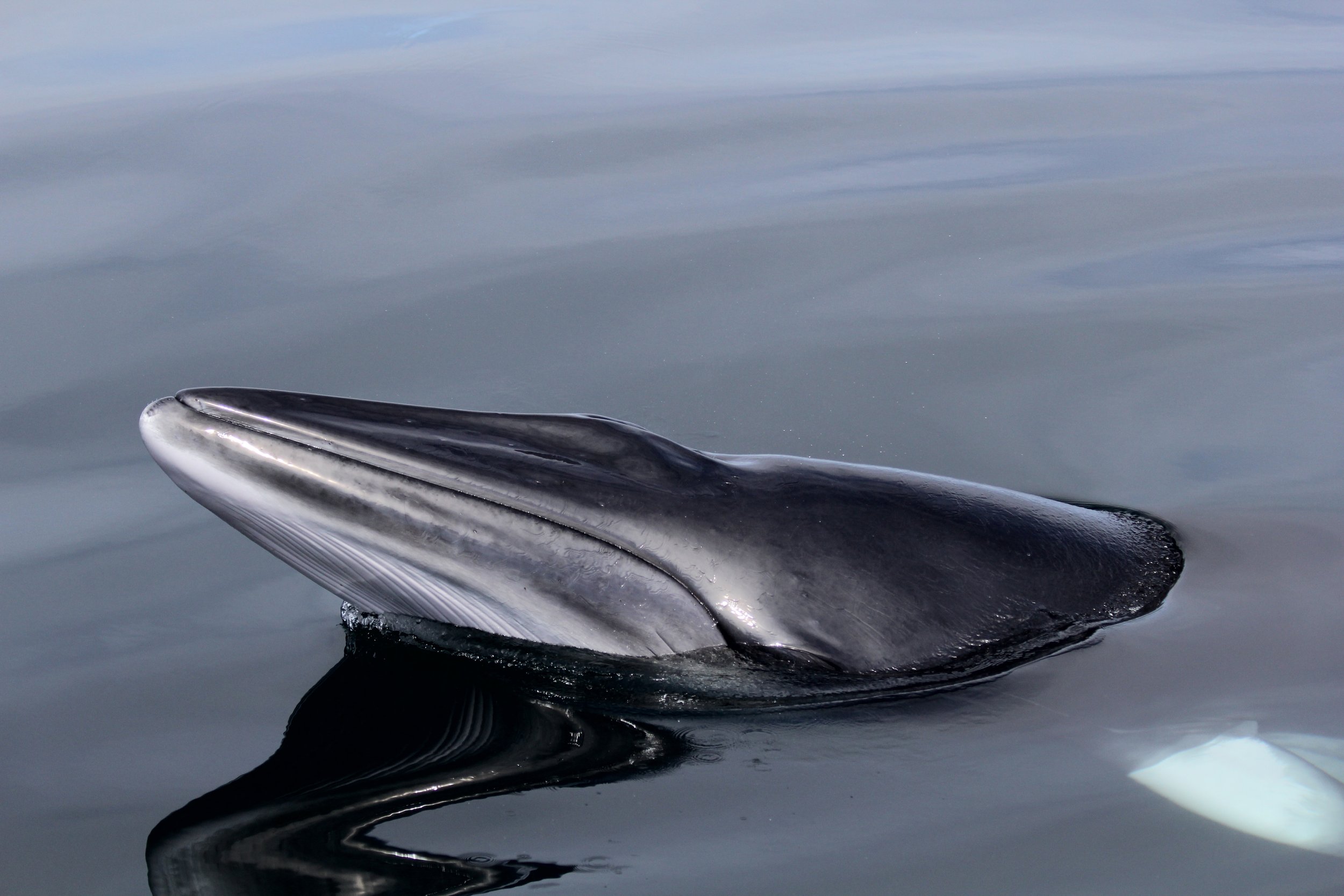For the love of long-term monitoring
Long-term monitoring is the foundation of effective conservation. At HWDT we talk about long-term monitoring a lot but what is it and why is it such an important part of wildlife conservation?
Species monitoring is vital to conserve wildlife. Long-term research and monitoring are essential to understand and protect highly mobile and long-lived species like whales and dolphins.
But long-term monitoring seldom gets the attention it deserves. Monitoring is essential so that we understand species and habitats and how best to protect them. Long-term monitoring provides information on which conservation efforts are based. It is also vital to gauge the effectiveness of protective measures that are put in place.
HWDT’s primary aim is to ensure whales, dolphins and porpoises are protected and valued across the Hebrides. If we are to preserve whale populations and allow them to recover to pre-exploitation levels, we must have a reference point or a target to aim for; a baseline. In conservation biology, the Shifting Baseline Syndrome describes the dilemma that without reference points from which to measure environmental damage, society risks unwittingly undermining the ecosystems upon which we rely for our very survival. With each generation, we risk setting a lower standard of what society deems acceptable environmental alteration. This downward spiral can be stopped by documenting a baseline, through long-term monitoring, and reminding ourselves and future generations what our environment used to look like.
Put simply, widespread, long-term species monitoring improves the effectiveness of conservation efforts and ultimately the protection of wildlife.
Common dolphins bow-riding Silurian. Common dolphins were once rare off Scotland’s west coast, but through long-term monitoring a twenty-fold increase in the sightings rate has been documented by HWDT in fifteen years.
Our flagship, Silurian, is an icon of long-term monitoring in the field of marine mammal conservation. A recognisable and familiar presence in the Hebrides - she has worked hard - monitoring and protecting areas of critical habitat for whales and dolphins for 20 years.
Each year Silurian and our volunteers travel thousands of nautical miles to monitor whales, dolphins, porpoises and basking sharks off the west coast of Scotland. This pioneering research programme has generated one of the largest coherent databases of its kind for UK waters.
The same rigorous survey methodology has been used for 20 years, ensuring that the data collected are consistent and comparable between years, providing a wide scale assessment of cetacean distribution and animal behaviour.
Silurian surveys the whole west coast of Scotland, aiming not to repeat the same route twice. By surveying across a wide variety of fine scale environmental variables, (i.e., sea temperature, depth, tidal flow, salinity, etc.) both visually and acoustically, HWDT can answer questions of habitat preference, site usage, and through our photo identification work, animal behaviour.
Human influences and activities, such as underwater noise, fishing, and marine litter, are also monitored to identify emerging threats and understand the conservation implications and risks.
All of these data combined provide a unique and powerful body of knowledge, which is making a real impact for the protection of cetaceans in western Scotland, contributing to the designation of Marine Protected Areas for harbour porpoise, minke whales, basking sharks and Risso’s dolphins, and detecting trends and changes in the marine environment linked to the climate crisis.
To read more about what we have learnt from long-term monitoring on the west coast of Scotland, download the Hebridean Marine Mammal Atlas. A new digital Minke Whale Catalogue has just been published, this vital conservation resource documents over 300 individual whales recorded off Scotland’s west coast over the past 30 years.
Our monitoring work and the impact that citizen scientists have on our understanding of the species in our seas was recently featured in Steve Backshall’s new series ‘Whale’.
HOW CAN I GET INVOLVED?
HWDT’s long-term research and monitoring depends on volunteers. Every single data point – and there are millions of them! – have been collected by volunteers. It is a staggeringly impressive public effort. As more people participate in expeditions, the evidence and knowledge of the species found in our seas increases.
Anyone can take part in our research expeditions on board Silurian. Full training and support will be provided by our passionate, knowledgably and dedicated crew - from domestic duties to survey protocol, we have you covered.






